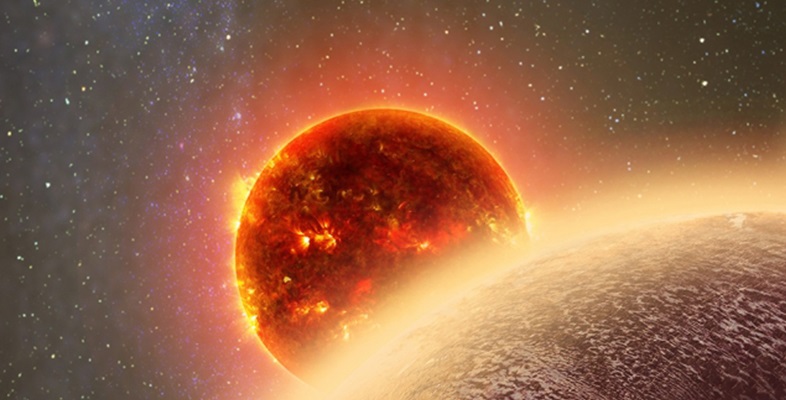5.1 The Goldilocks effect
Water doesn’t exist as a liquid under all conditions. We know this, because in winter when the temperature drops below 0 °C it freezes and becomes a solid. If you’re boiling vegetables and you don’t put the lid on the pan, eventually the pan will boil dry because all of the water will turn into a gas and escape. So, the temperature of a planet is going to be really important in determining whether or not it is habitable.
You explored the factors which govern the temperature of a planet in Week 5, Activity 6, ‘Hotter or colder’. The distance to its star is the main thing which determines how hot a planet is. A camp fire provides enough heat to keep you warm when you sit next to it, but has little effect if you sit 20 metres away. The heat from a star behaves similarly.
Planets which are too close to the star are too hot; planets which are too far away are too cold. But some planets, like Earth, have just the right conditions for liquid water to be present on their surfaces. Scientists define the habitable zone of a planet as the range of distances it could be from its star for which water could exist as a liquid. This is often colloquially referred to as the Goldilocks Zone.
